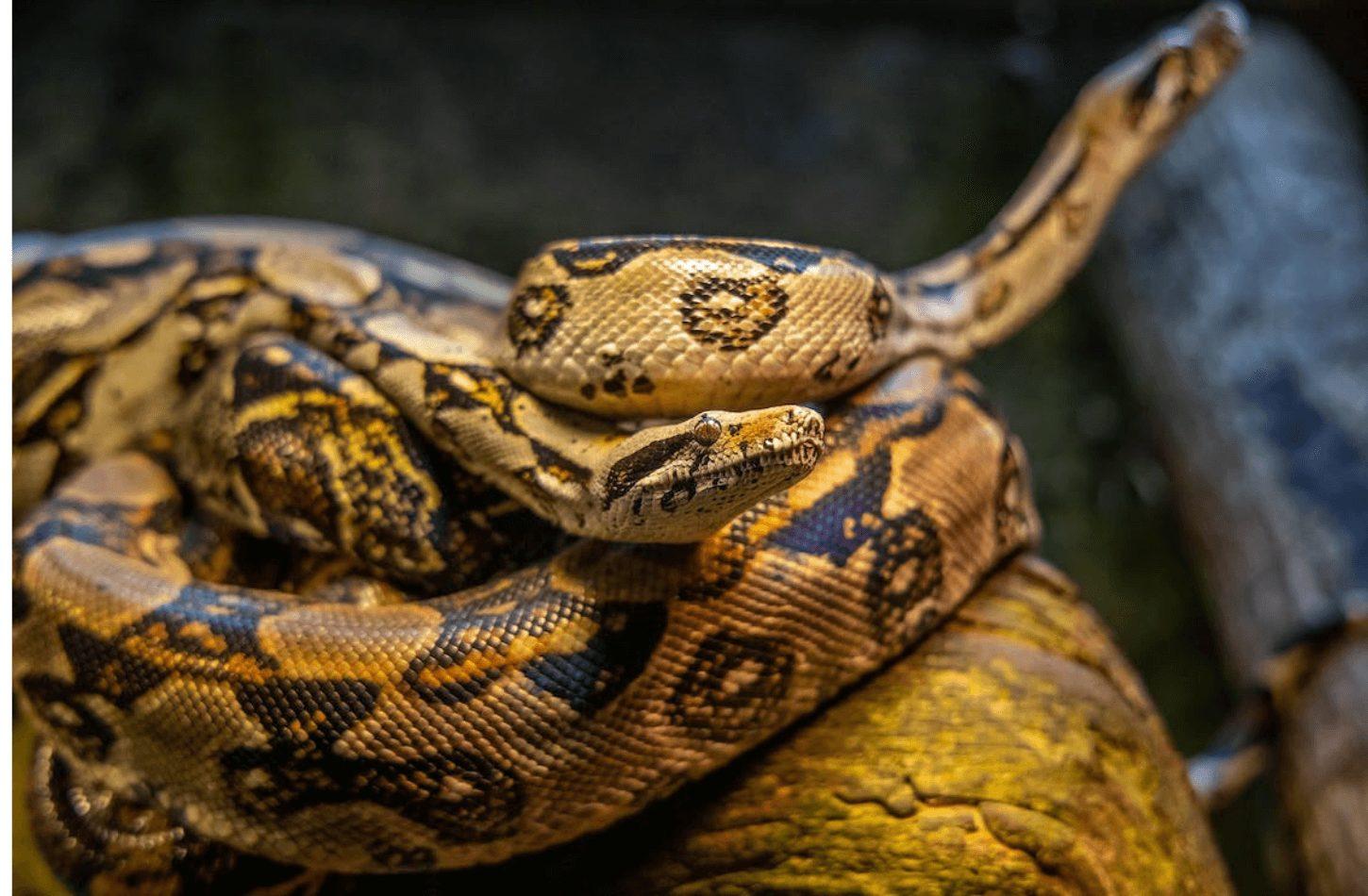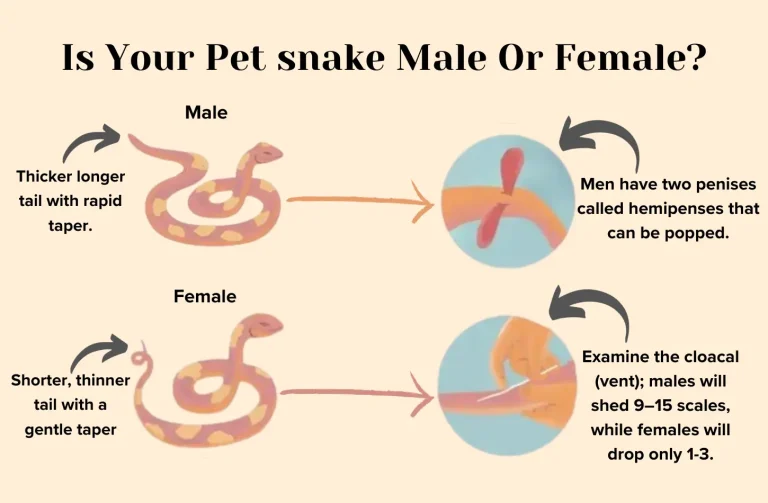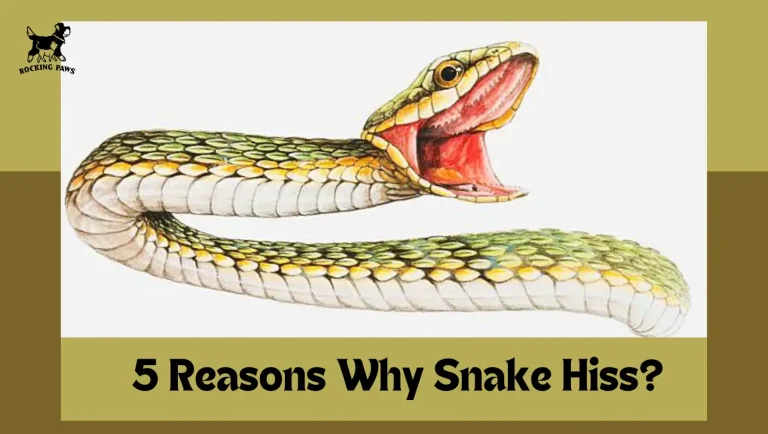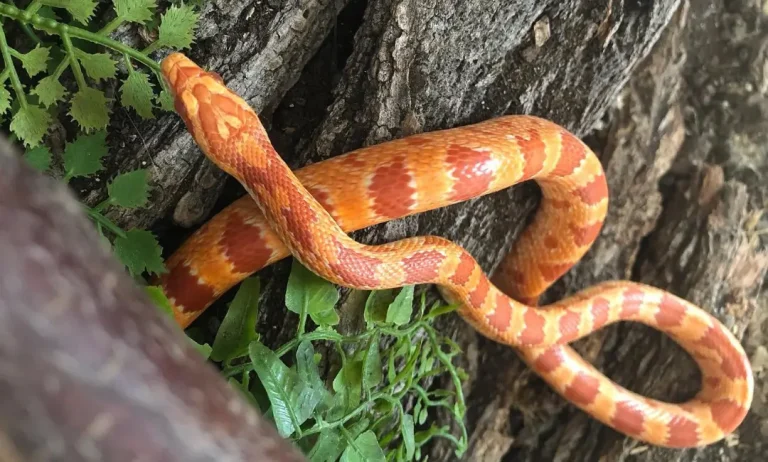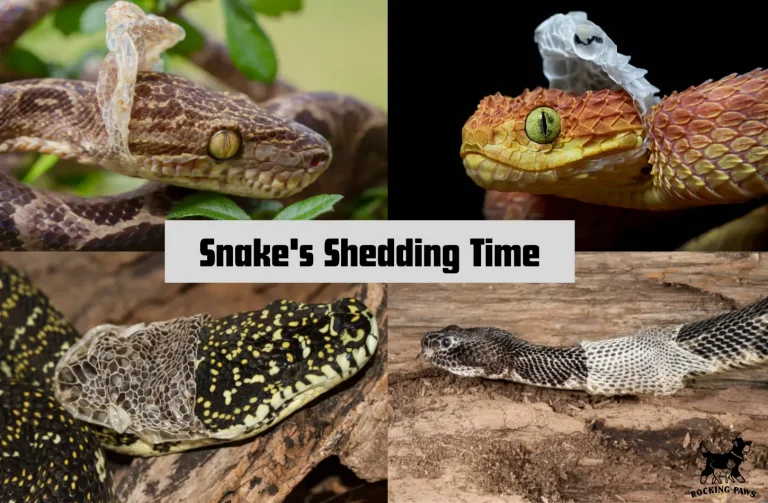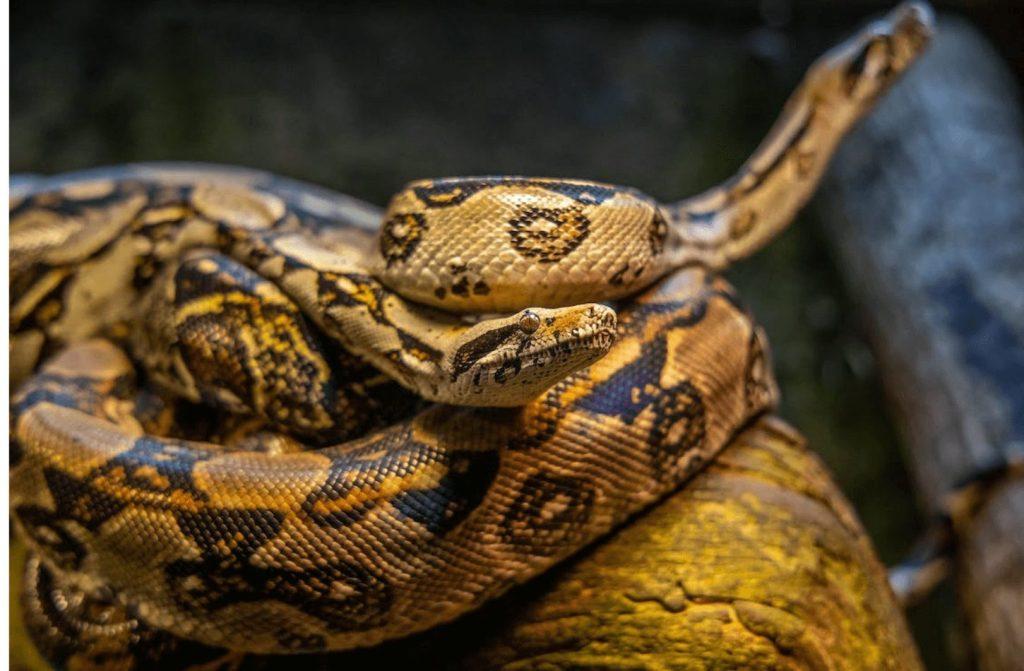
Owning a ball python can be an exciting and rewarding experience, especially for reptile enthusiasts drawn to the captivating world of color morphs. However, one common challenge faced by ball python owners is maintaining a regular feeding schedule. In this comprehensive guide, we’ll explore everything you need to know about the dietary habits of ball pythons, addressing concerns such as prey selection, feeding frequency, and troubleshooting tips for when your snake refuses to eat.
Understanding the Dietary Preferences of Ball Pythons:
Ball pythons are carnivorous reptiles with varying dietary needs at different life stages. Younger snakes may start with larger crickets but should transition to pinkies and fuzzies until they grow larger. Adult ball pythons thrive on a diet of adult mice and rats. While some enthusiasts advocate for a diet solely consisting of various rat life stages, others warn against offering insects or mice.
Choosing the Right Prey Size:
Determining the appropriate prey size is crucial to prevent regurgitation or other complications. A general guideline is to offer prey items as wide as the widest part of your snake’s body. However, individual preferences may vary, and some snakes may prefer smaller prey. When in doubt, opting for a smaller prey size is advisable.
How to Establishing a Feeding Schedule:
Feeding frequency depends on the age and size of your ball python. Adults (over one year old) typically eat once every 10 to 14 days, while younger snakes may require more frequent feeding due to their growth. Pay attention to your snake’s individual preferences, and adjust the feeding schedule accordingly. Overweight snakes may benefit from longer intervals between meals.
Identifying Reasons for Refusal to Eat:
Snakes can refuse to eat for various reasons, including temperature issues, intestinal parasites, impending shedding, and stress. Ensure your snake’s enclosure maintains proper temperature levels and consider an annual fecal examination for parasite screening. Recognizing signs of shedding and minimizing stress factors, such as changes in enclosure or handling, can also impact your snake’s willingness to eat.
Troubleshooting Tips for Encouraging Eating:
If your ball python is reluctant to eat, consider feeding in a separate container covered with a towel to minimize distractions. For recently acquired snakes, match the prey type offered by the previous owner, pet store, or breeder. Ensure pre-killed prey is warm, and experiment with scent enhancement techniques, such as exposing blood or using chicken broth. If all else fails, consult with an exotics vet for professional advice, including the possibility of force-feeding.
FAQ’s
How big can a ball python get?
Ball pythons can grow up to five feet long. It’s essential to provide an adequately sized enclosure that accommodates their potential size.
How long does a ball python live?
Ball pythons have a relatively long lifespan and can live up to 30 years when provided with proper care, a suitable environment, and a balanced diet.
How do you tell the gender of a ball python?
To determine the gender of a ball python, examine its tail. The female ball python’s tail tapers toward the end, while the male ball python’s tail remains thicker all the way to the end.
What do ball pythons eat?
Ball pythons are carnivorous reptiles. Younger snakes may start with large crickets but should transition to pinkies and fuzzies. Adults thrive on a diet of adult mice and rats, with some enthusiasts recommending a diet solely consisting of various rat life stages.
How do I know what size prey to choose for my ball python?
A general rule is to offer prey items that are as wide as the widest part of your snake’s body. If in doubt, choose a smaller prey size to prevent regurgitation or other complications. Some experimentation may be needed to determine your snake’s preferences.
How often should I feed my ball python?
The feeding frequency depends on the age and size of your ball python. Adults typically eat once every 10 to 14 days, while younger snakes may require more frequent feeding due to their growth. Adjust the feeding schedule based on your snake’s individual needs.
Why might my ball python refuse to eat?
Snakes can refuse to eat for various reasons, including temperature issues, intestinal parasites, impending shedding, and stress. Ensure proper temperature levels in the enclosure, consider parasite screenings, recognize signs of shedding, and minimize stress factors to encourage regular feeding.
How can I encourage my ball python to eat if it refuses?
If your snake refuses to eat, try feeding in a separate container covered with a towel to minimize distractions. Match the prey type offered by the previous owner or breeder for recently acquired snakes. Experiment with scent enhancement techniques, and if all else fails, consult with an exotics vet for professional advice.
Can ball pythons eat live prey?
While some ball pythons may prefer live prey, it is generally recommended to feed pre-killed prey to avoid injuries to the snake. If your ball python shows a strong preference for live prey, use caution and consider other scent enhancement techniques to entice feeding.
How do I prevent obesity in my ball python?
To prevent obesity, ensure your snake’s tail gradually tapers to a point and does not have an abrupt change in width from the vent to the tip. Adjust the feeding frequency and prey size accordingly, and consult with a veterinarian if you have concerns about your snake’s weight.

